I’m not a big whiskey fan. But maybe that’s because I haven’t had a lot of experience with it. But Japan is famous for its whiskey. According to its own propaganda, it is one of five major producers of fine whiskey in the world. The five are Scotland, Ireland, America, Canada and Japan. The Suntory Yamazaki Distillery is located in Shimamoto, in North Osaka, Japan. It’s just north of Takatsuki, only a few stops further on the JR line. Since they produce nice whiskey and I know nothing about it, I thought it would be fun to check it out. And anyway, John enjoys whiskey. I think his Irish/Polish grandmother used to give it to him when he was sick….
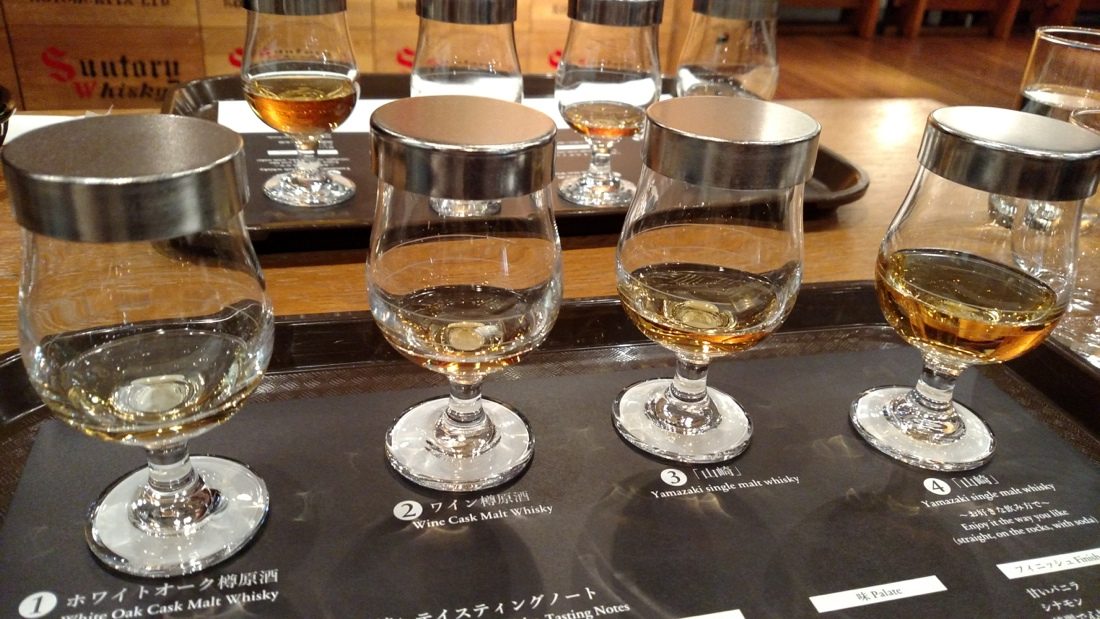
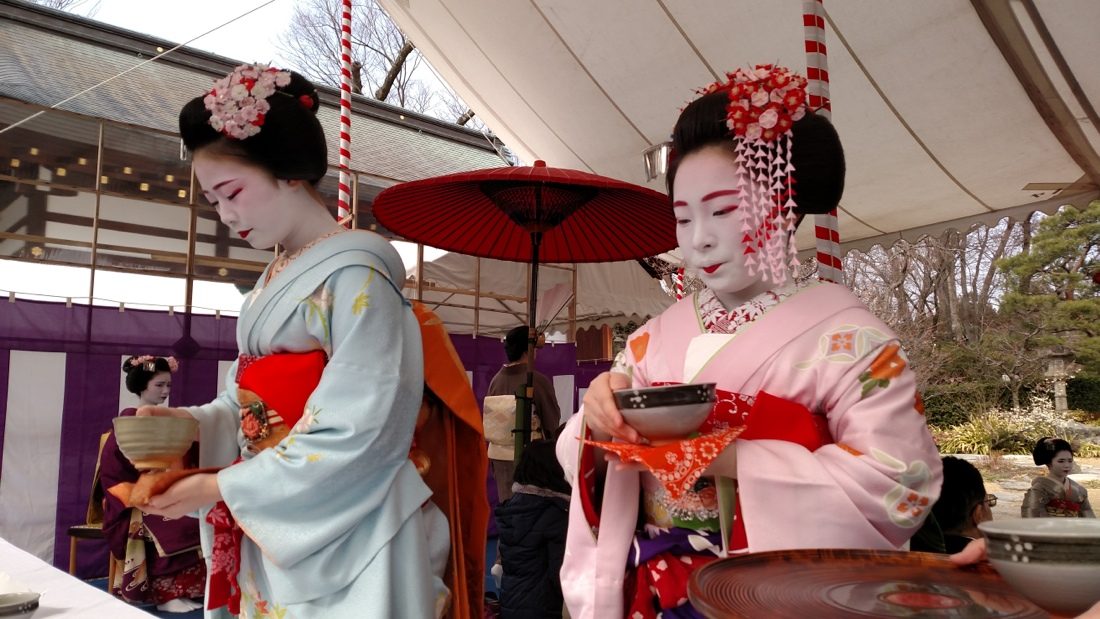
Ume Hana Matsuri & Tea
I learned a new Japanese word recently. Baika. The two kanji characters for Ume (plum) and Hana (flower) together read as baika (bye-kah). It means plum blossom, just like sakura means cherry blossom. I asked my friend about this and she said Japanese people still say “ume” for plum blossoms, but when you see the two characters together it is read as “baika.” You always hear the word sakura tossed around. Sakura flavored food, sakura themed souvenirs, pink sakura leaves on Starbucks cups, sakura season is very famous. I’ve rarely heard anyone talk about baika. But plum blossoms are beautiful too. Plum blossoms are the first sign of winter’s end and the beginning of spring time weather. They appear about…
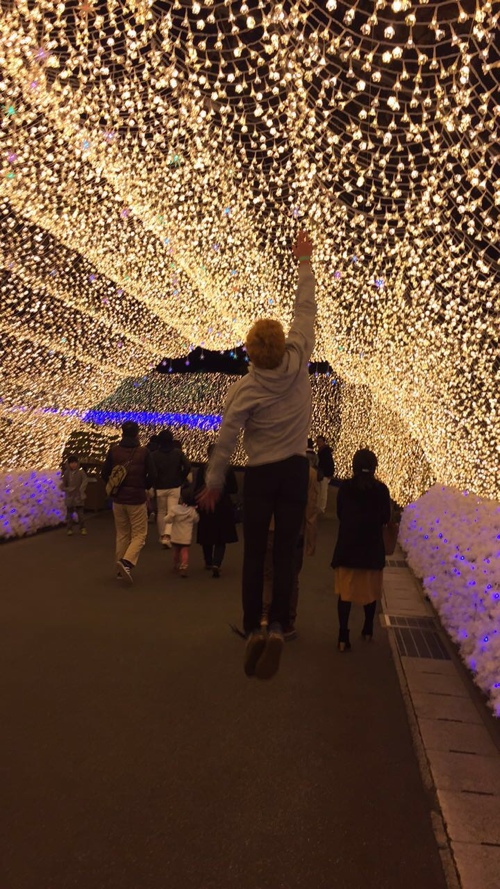
Japan’s Winter Illuminations
Japan loves to light up their landscape in winter! What better way to spend a freezing night than to walk around outside in your heavy coat, hat, scarf, gloves and boots. It’s just like being inside the house so you might as well get outside and enjoy it! Nabana no Sato is a large and spacious flower garden at Nagashima Resort in Kuwana City, near Nagoya. It is about a 10 minute drive from the Nagashima amusement park where we went for Halyard’s birthday on Saturday, November 4. However, when we drove to Nabana no Sato, we managed to make it a 25 minute drive with hairpin turns and narrow roads with steep drop offs. No thanks to Google. Needless…
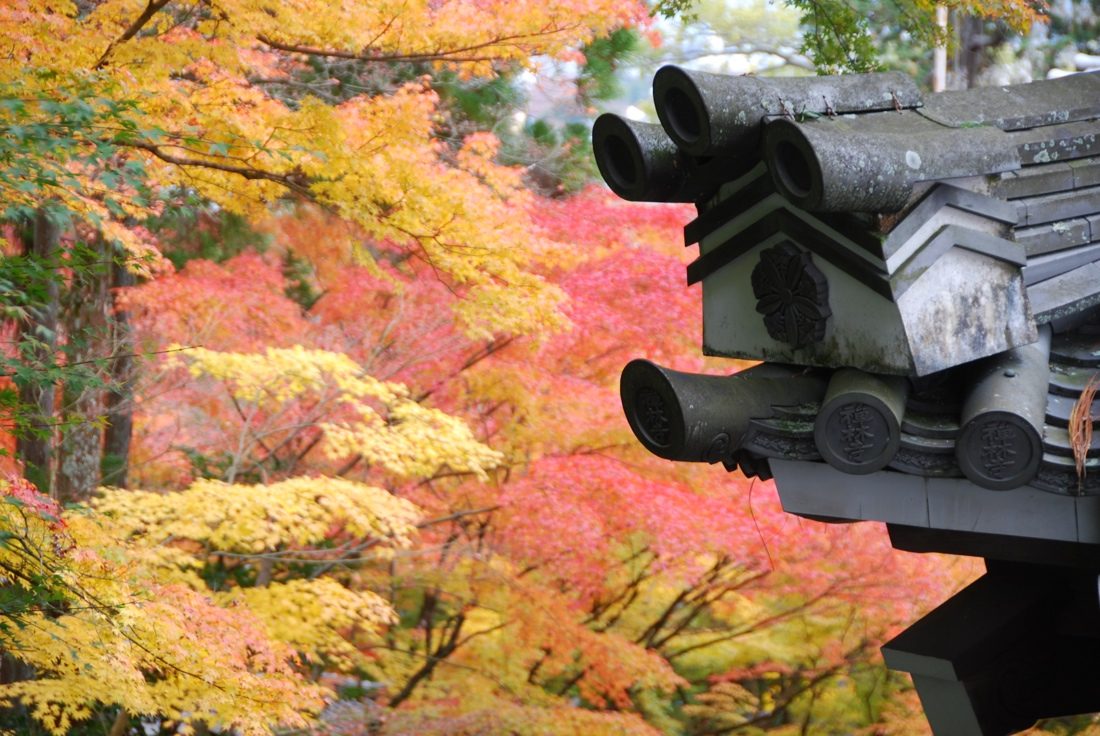
Eikando Temple, Koyo Season
My friend Mari, my Kokedera partner, sent me a text message telling me she was at Eikando temple and that the autumn leaves there are incredible now. The autumn transformation of leaves into brilliant shades of red, orange and yellow is called “koyo” in Japanese. Since we are here for a bonus second year we’re really trying to see all the best koyo that this season has to offer. We live about 45 minutes away from Kyoto, thus we have easy access to some of the best koyo sights in Japan. The day after Mari texted me, Monday, November 20, John and I set out for Kyoto, to find Eikando and the trees with fire, gold and green. Eikando Temple,…

Kimonos and Kyoto
Saturday, June 17, Avalon is signed up for a nature art camp at Ritsumeikan University, Ibaraki campus. We are meeting her friends and her art teacher at the Starbucks on campus in the morning. After the camp, my friend Satoko will drive Avalon and I to a kimono shop in downtown Osaka to go kimono shopping. This is a special kimono shop that mainly rents kimonos out to customers who need a kimono for a special occasion, or who just want to take fancy keepsake photos. I am looking for a nice used kimono or yukata (a light version that is worn in the summer heat) that I can buy for Avalon and I to share. This shop has beautiful…
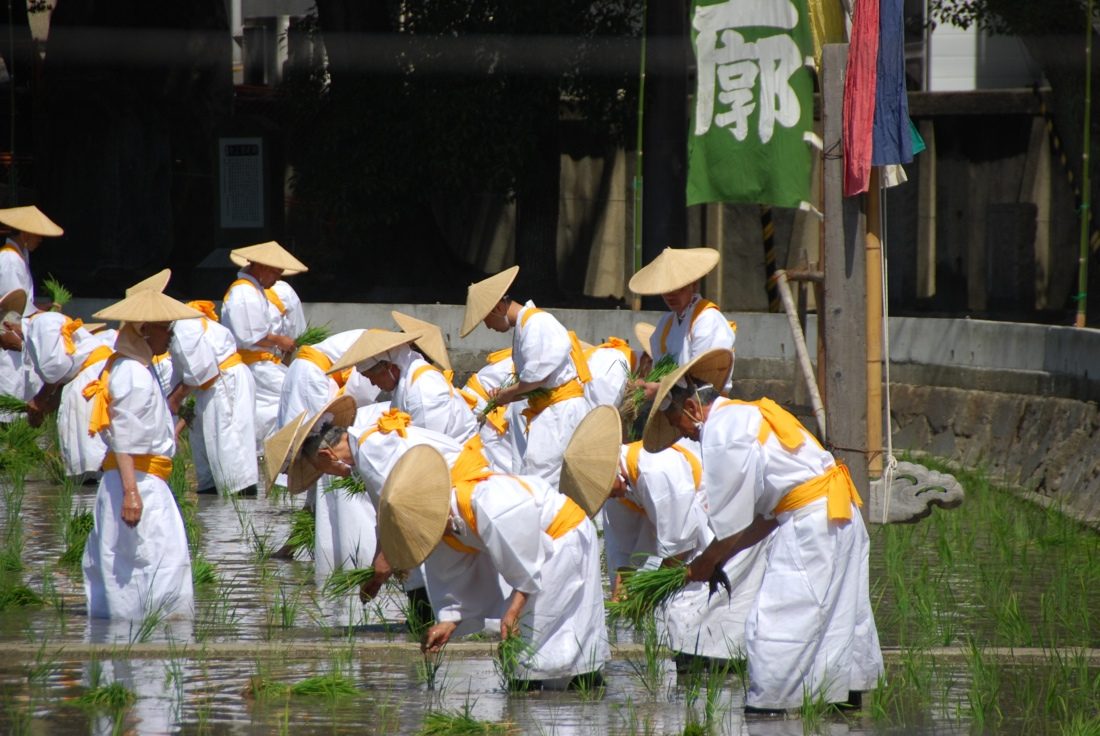
Otaue Matsuri
June is rice planting season! On Wednesday, July 14 we went to an annual event at Sumiyoshi Taisha called Otaue Masturi. This translates to Rice Field Planting Festival. Sumiyoshi Taisha (sue-me-yo-she-tie-sha) is the same Shinto shrine that we went to for hatsumode (the first shrine visit of the new year) on New Year’s Day. The shrine has its own rice paddy where they hold the event. We rode the train to the Sumiyoshi Taisha train station. We got there early enough to buy a ticket for a seat in the shade. The whole event is about 3 hours long and being in shade is critical to happiness and health! The tickets were 1000 yen each (about $9 USD). The tickets…
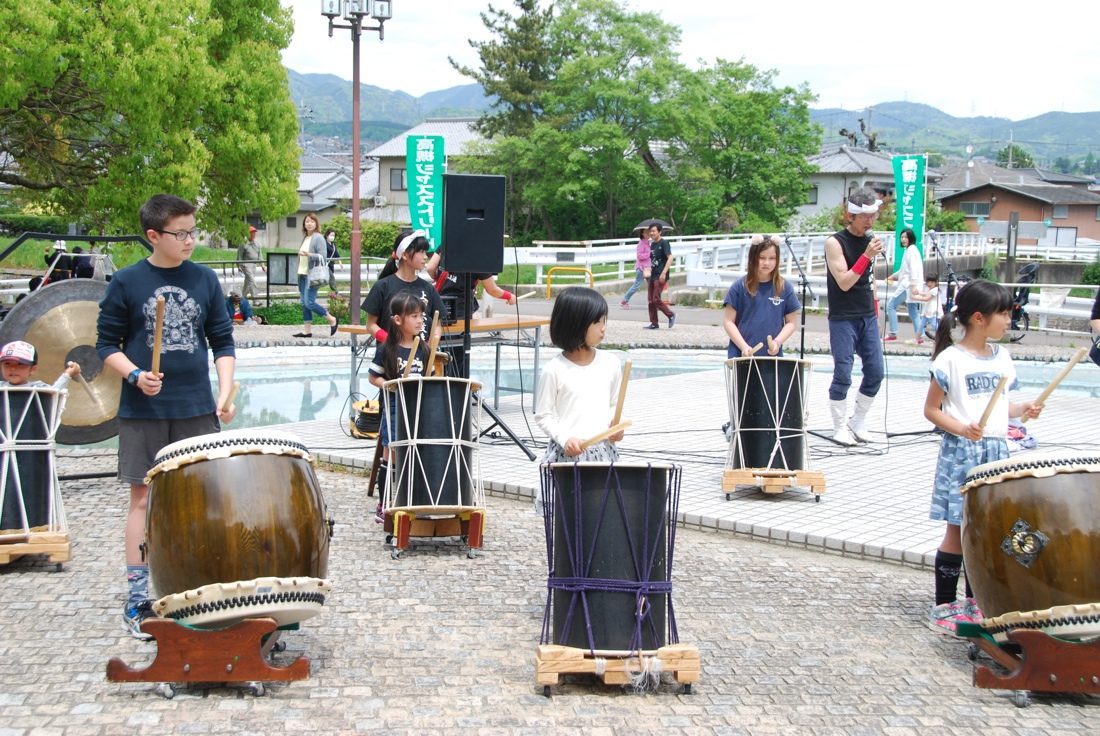
Golden Week: Takatsuki
Golden Week is a major national holiday in Japan. It’s a string of consecutive holidays in early May that are combined with another holiday in late April to form a solid block of time off from school and work. Business shuts down and everyone gets an extended break. This is our first Golden Week so we’re not really sure what to expect. But from everything I read, it’s crowded everywhere you go. The prices of everything having to do with travel are all jacked up. It sounds a lot like Thanksgiving vacation in America. I was thinking about where we should go for Golden Week when I got a text message from my cousin Mayumi up in Sapporo. She asked…

Sakura at Zouheikyoku
Sunday, April 16. HAPPY EASTER! It’s Easter Sunday here in Japan, but still only Saturday the 15th in the US. I heard that the Easter Bunny has to go to the US first, before going abroad so I told the kids they’d have to wait a bit longer for the Easter Bunny’s arrival. He just doesn’t operate on Japanese time. We did go to Easter Sunday church service at Minoh International Church. Afterwards, the church had a picnic lunch at a nearby park and all the kids got to play around and eat lunch. The church organized cookie decorating, egg coloring, games and an egg hunt for the younger kids. A few of Avalon’s classmates were there and she was…
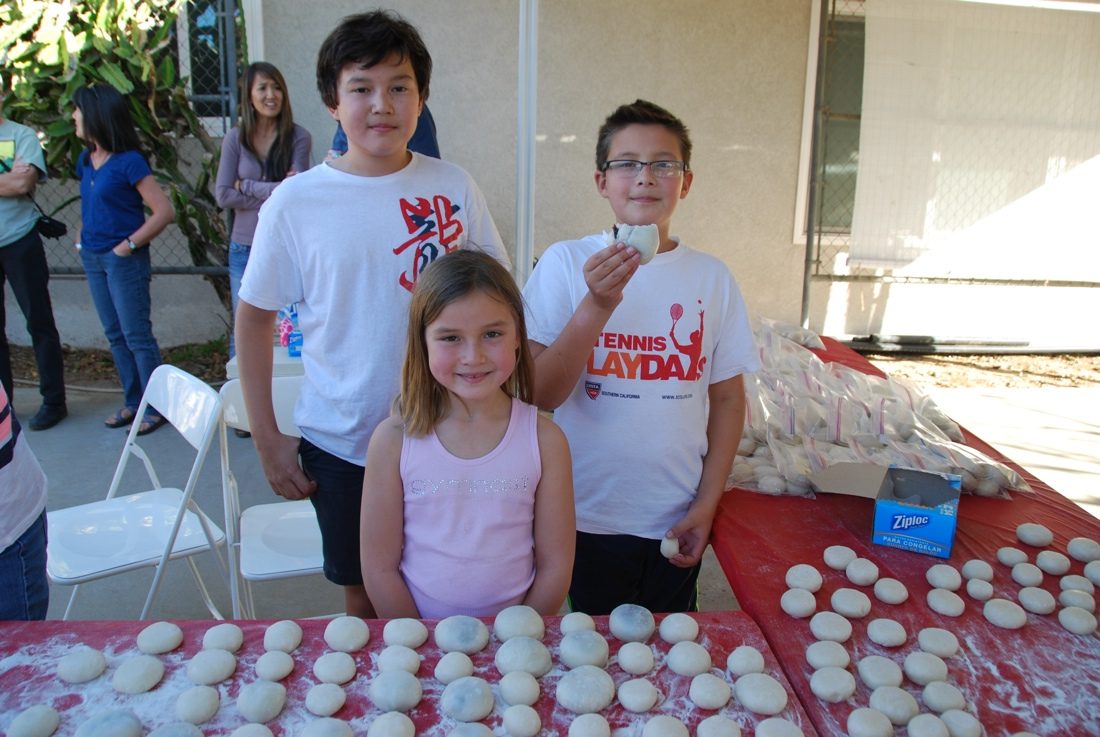
Mochitsuki
On Saturday, January, 14 we were invited to a mochitsuki event at our friends’ church. Mochitsuki means “mochi making” and it’s a traditional New Year’s activity for Japanese folks. Mochi is sweet rice that has been soaked, steamed, pounded and formed into little round shapes. I have been making mochi my entire life. My father’s side of the family gets together at the end of the year to make mochi and has done so since before I was even born. When my grandparents, my father’s parents, were alive we would get together on the family farm in Riverside. The photo above is a past mochitsuki from 2013. My family cooks the rice the traditional way with a roaring wood fire…
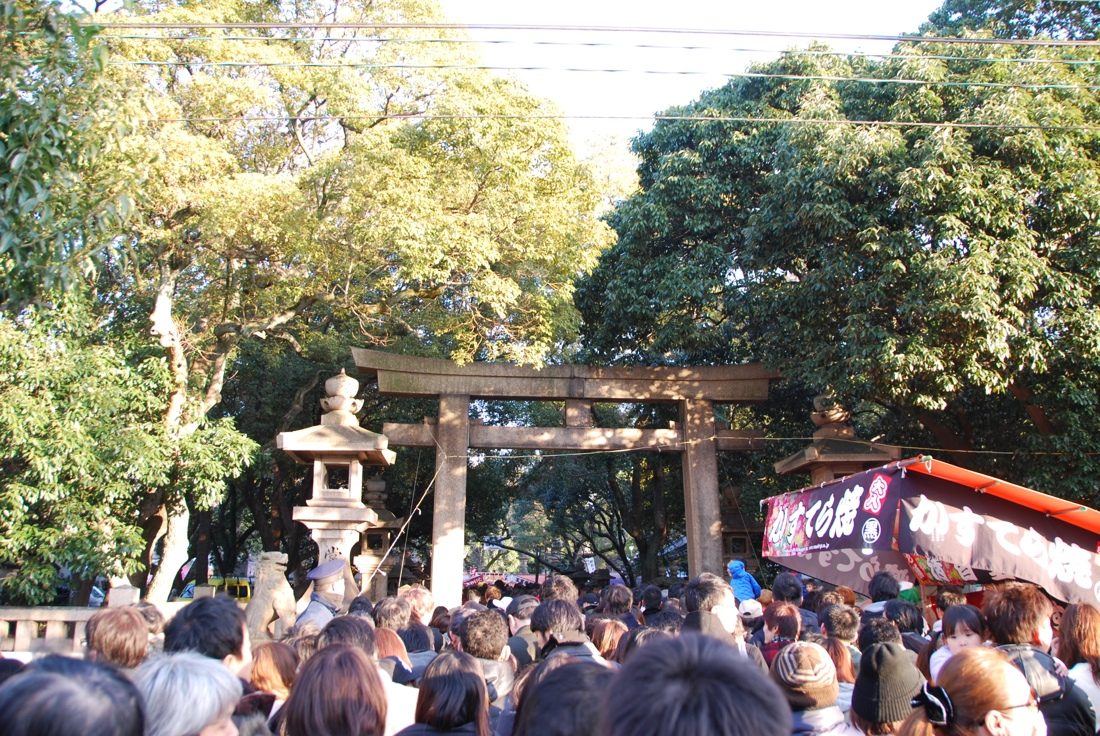
Happy Hatsumode
Sunday, January 1, 2017. Happy New Year!!! Happy Japanese New Year! Happy American New Year! Happy Global New Year! In Japanese they say, “”Akemashite omedetou” which is a casual greeting, or “Akemashite omedetou gozaimasu” for a formal greeting to elders or people of a senior stature. My cousin says she likes to say, “Yoi otoshi o!” which she says means, “Enjoy the year-end season!” There are a lot of New Year’s Eve and New Year’s Day traditions in Japan. I researched a lot of them. First off, New Year’s is called shogatsu (or more formally, oshogatsu). It is the most important holiday in Japan. It actually lasts from January 1 to 3. Most businesses shut down for this period and…